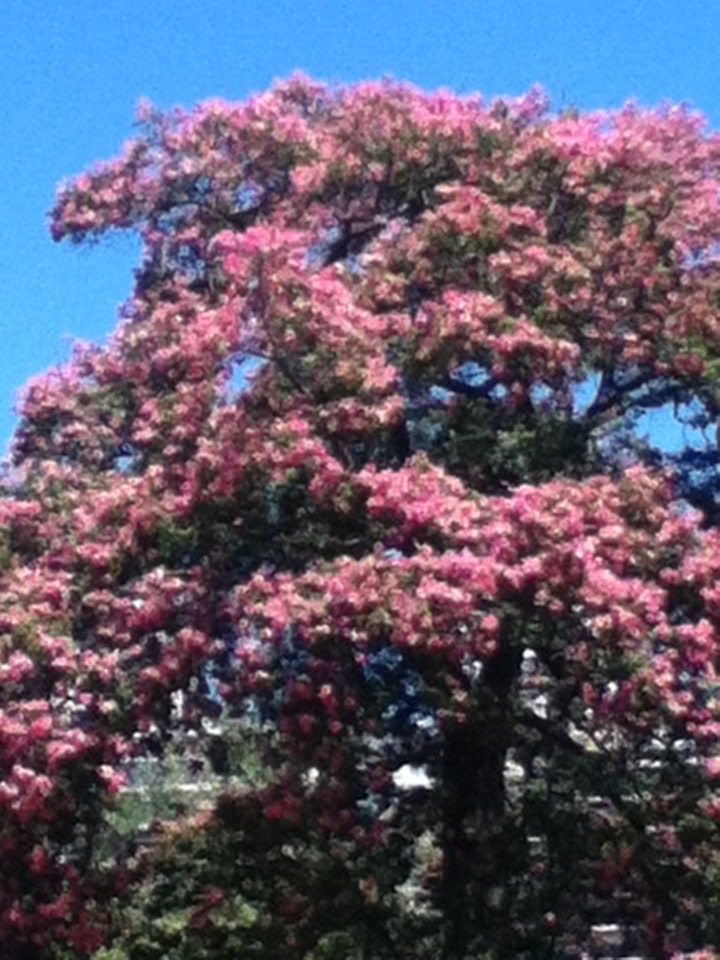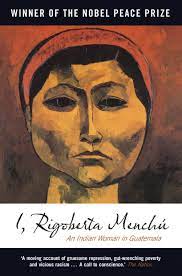 |
| Chicxulub Crater (Photo UT, Austin) |
For 170 million years during the Cretaceous Period, a time when oceans formed as land shifted and broke out of one big super-continent into smaller ones, dinosaurs ruled the world. Meanwhile, an asteroid was hurtling towards planet Earth after its misguided journey around the sun. The most consequential outcome of this impact would cause a cataclysmic event known as the fifth mass extinction, wiping out roughly 75 percent of all animal species, including the non-avian dinosaurs. But what really happened when the asteroid collided with Earth?
Hidden below the waters of the Gulf of Mexico, the Chicxulub crater marks the impact site where the asteroid struck Earth 66 million years ago. "The asteroid was moving astonishingly quickly," according to Professor Gareth Collings of Planetary Science at Imperial College, London. "Probably around 12.5 miles per second when it struck. That's about 100 times the speed of a jumbo jet."
 |
| Crater Ring After Impact Drawing |
SIZE MATTERS
By studying both the geology at Chicxulub and worldwide, scientists have pieced together what happened that fateful day and in the years following. Larger than the height Mount Everest reaches into the atmosphere, the mountain sized asteroid slammed into Earth, dooming the dinosaurs. It unleashed the equivalent of energy of billions of nuclear weapons all at once. It vaporized the Gulf of Mexico. Bedrock melted into seething white flames at tens of thousands of degrees Celsius and it created a hole miles deep and 120 miles wide.
Its existence is a fairly recent discovery, first put forth in 1978 by geophysicist Glen Penfield, who worked for Pemex, Mexico's state-owned oil agency. While searching for oil his crew used a magnetometer as they flew above the Gulf, and that's when he saw the outline of a perfect semi-circle in the clear water below, where the ground had been vaporized in a split second. His device let him and geophysicist Antonio Camargo Zanoguera know it had a magnetic field different from volcanic terrain, a most un-volcano-like symmetry. The saucer shaped underground structure was ten times the size of any volcano with an upward bulge at its center. The two men concurred, according to Smithsonian Magazine, that it could not be the result of a volcano, and was probably an impact crater.
SPECIES COLLAPSE
Because of this impact, Earth's water supplies were poisoned and 75 percent of species vanished. The 25 percent that survived were pushed to the brink of extinction and anything larger than a racoon didn't live. It would take 30,000 years for life to stabilize.
 |
| Luis and Walter Alvarez |
After Penfield's initial fly-over, Luis and Walter Alvarez (father and son) discovered a thin layer of iridium in a geological record marking the ending of the Cretaceous Period across the entire world. Iridium is more prevalent in comets and asteroids than on earth. The scientists postulated that the impact led to global fires, smoke, and dust clouds that blocked out the sun, cooling the planet and preventing photosynthesis. They hypothesized that the crater might be the K-T impact site.
THE SCIENTISTS
Soon after that, Allen Hildebrand, Ph.D. in Planetary Sciences from University of Arizona, worked with the Alvarez team and published what were considered controversial articles at the time that suggested that a large impact from an asteroid had caused the mass extinction at the end of the Cretaceous Period. The impact site was eventually determined to be at Chicxulub and the extinction it caused came to be known as the K-T event.
 |
| Ring of Cenotes Near Impact Site |
In 1990 Adriana Ocampo discovered the distribution of cenotes in the Yucatán Peninsula along with her then husband, Dr. Kevin Pope, by using satellite images to map water resources on the peninsula. They found the semi-circular ring of cenotes or sinkholes that she recognized as related to the crater and they hypothesized that the crater might be the K-T event site, publishing their findings in the journal Nature in 1991.
Ocampo has visited the peninsula numerous times since her discoveries but few people are aware of the importance of the place, she was quoted as saying in an interview in Yucatán Magazine.
"It should be preserved as a world heritage site," she said. Though not yet world heritage worthy, the Chicxulub Crater Science Museum south of Progreso, though temporarily closed due to Covid, is a stunning nod to the asteroid that literally shook our world 66 million years ago and created a new pecking order by destroying the dinosaurs.
 |
| Chicxulub Crater Science Museum |
Although Ocampo began connecting the dots when she attended a 1988 scientific conference in Acapulco as a young planetary scientist from NASA, having studied with legendary pioneering astro-geologist Eugene Shoemaker, she names Houston Chronicle journalist Carlos Byars as the first person to connect the Yucatan ring to the Alvarez asteroid theory. Byars had shared his theory with Alan Hildebrand who then approached Penfield who'd flown over the Gulf for Pemex. The two of them determined the crater wasn't a volcano but an asteroid impact.
 |
| Chicxulub Fishing Boats (By Benandcarma.com) |
LAIDBACK SPOT
Chicxulub Puerto and Chicxulub Pueblo are laid back communities made famous because of the epicenter of the asteroid impact that destroyed the dinosaurs. Even the asteroid museum is miles away from them. But things may change with David Attenborough's The Final Day on BBC that explains in detail what may have transpired so long ago. Paleontologist Robert DePalma joins Attenborough to discuss his recent discovery in a prehistoric graveyard of fossilized creatures. New theories and views are continuing to be made, and PBS will air a two-part series the end of May on the asteroid and the death of the dinosaurs. Welcome to the world of yester-year and the way we, humans, managed to climb to the top of the food chain. We had no competitors and well, here we are. So—what say you? How we doing, folks?
If you enjoyed this post, check out my other works, Where the Sky is Born: Living in the Land of the Maya. It's available on Amazon with tales of expat life and living within 100 miles of four major pyramid sites. Also check out my website at www.jeaninekitchel.com. Books one and two in my Mexico cartel trilogy, Wheels Up—A Novel of Drugs, Cartels and Survival, and Tulum Takedown, are available on Amazon where you can find my overview of the 2012 Maya calendar phenomenon, Maya 2012 Revealed—Demystifying the Prophecy.









































